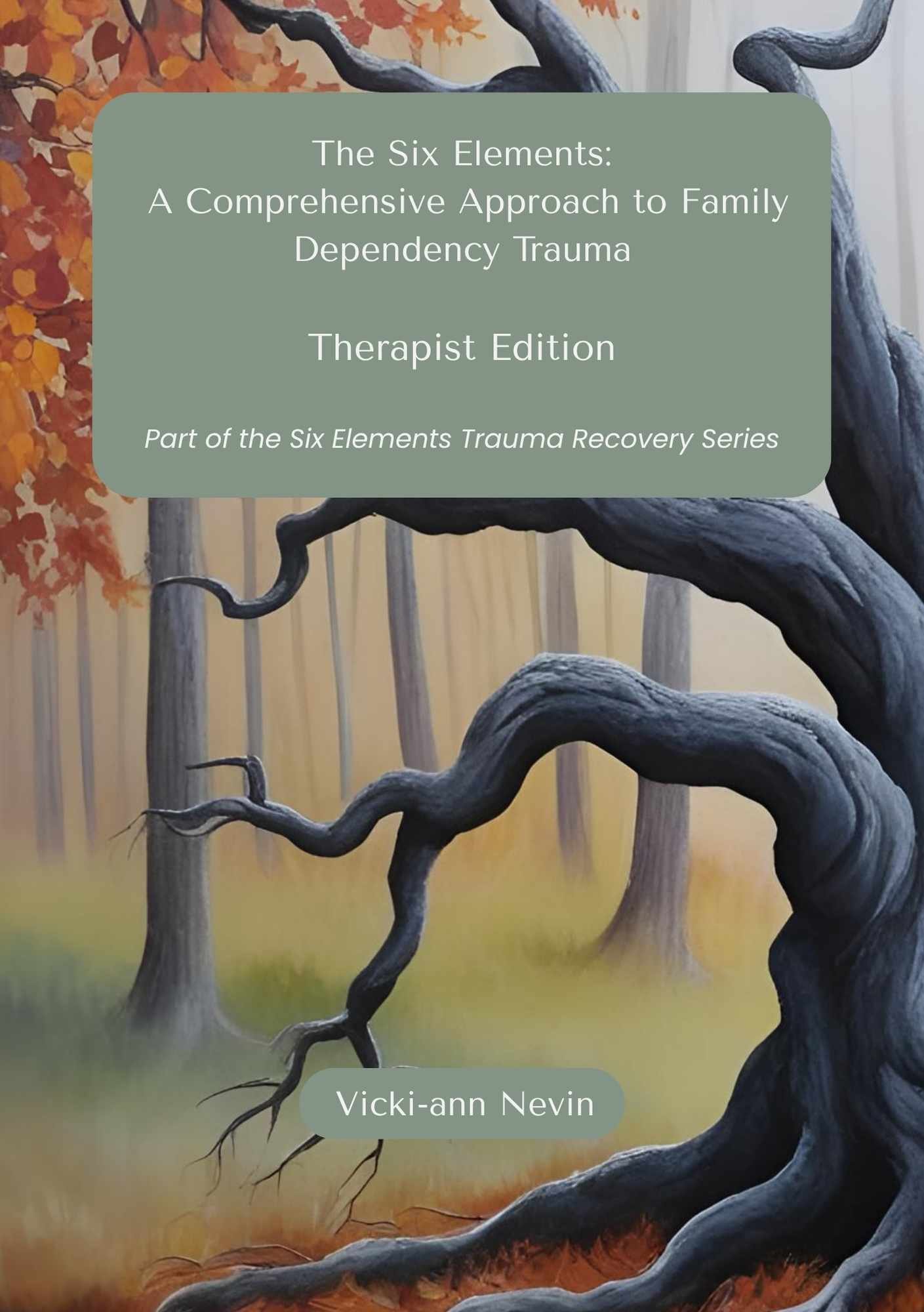Supporting Clients to Overcome the “Don’t Feel” Rule
A major family rule we often encounter, especially with clients who have grown up in homes affected by substance use or compulsive behaviours, is the unspoken message, “Don’t feel.” This is the rule you and your clients can begin to challenge together.
Children living with parental or caregiver dependency learn to do whatever it takes to create a sense of stability. For many, this means shutting down their feelings just to get through each day. When they cannot talk openly or trust the adults around them, they are left to navigate their emotions alone. Over time, this isolation can become overwhelming, leading them to numb or suppress their feelings altogether. While it is entirely normal for children to experience a wide range of emotions, even within a single hour, children from homes marked by addiction often learn that feeling nothing at all is the safest option.
Why Do We Have Emotions?
For clients who have grown up amid the trauma of compulsive behaviours such as excessive drinking, shutting down emotionally has been a way to protect themselves. This coping strategy may have served them as children, but as adults, it can prevent them from truly knowing themselves and living fully. Your work as a therapist can help clients move from simply reacting to life, to consciously acting and taking responsibility for their wellbeing.
This process involves helping clients reconnect with their inner world. It is often easier to focus on what we can see, our physical health, than what we cannot see, such as our thoughts, feelings, or spirit. Yet, emotions are just as vital to overall health as the body. Trauma can shrink the space between an event and our response, making it difficult for clients to choose how they react. Those quick, automatic responses, whether shutting down, lashing out, or people-pleasing, are often the legacy of a younger, traumatised self doing its best to stay safe.
With great responsibility comes great power. By supporting clients to understand and manage their emotions, you empower them to reclaim this power in their own lives.
The Science of Emotions
Emotions are not just fleeting experiences, they are signals from deep within our memories and bodies. Dr Candace Pert, a renowned pharmacologist, emphasised that ignoring our emotions is an outdated mindset. Modern science now recognises that our bodies are interconnected systems, physical, emotional, and spiritual. Each aspect influences the others. For example, when we feel stressed, our bodies tense up, when we have a sore back, our mood can shift. By helping clients listen to their emotions, you enable them to access the healing wisdom within their own bodies.
Distinguishing Feelings from Judgements
Feelings can be elusive for clients who have spent years ignoring them. It is common to confuse feelings with thoughts or judgements. For instance, saying “I feel like it was last Thursday” or “I feel fat” are not true expressions of emotion. Even “I feel intimidated” is more a judgement about someone’s behaviour than a feeling. The more accurate statements would be “I feel nervous” or “I feel unsure.” Helping clients make this distinction is a powerful step towards emotional clarity. When clients can name their feelings without blaming others, they begin to reclaim their personal power. These are their feelings, and owning them is a vital part of healing.
Taking the Next Step
If you are a therapist working with clients from families affected by substance use or compulsive behaviours, you know how challenging it can be to untangle these hidden family rules. The Neutralising Hidden Family Rules workbook is designed to support you in this important work. It offers practical tools and exercises to help your clients identify, understand, and transform the unspoken rules that have shaped their lives, including the powerful “Don’t feel” rule.
Empower Your Clients
Work with them to reconnect with their emotions and reclaim their wellbeing. Explore the Neutralising Hidden Family Rules workbook today and take the next step in supporting lasting change.


